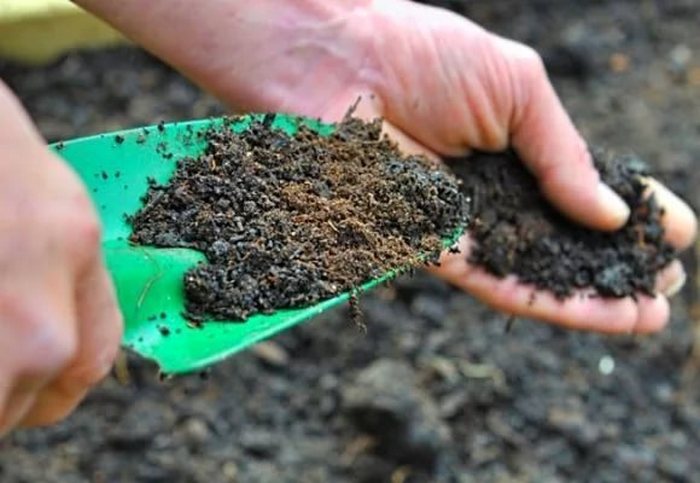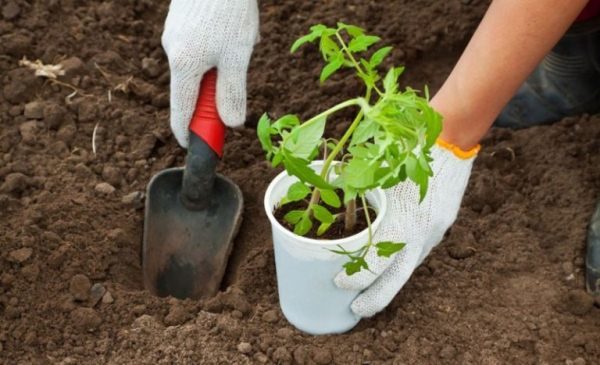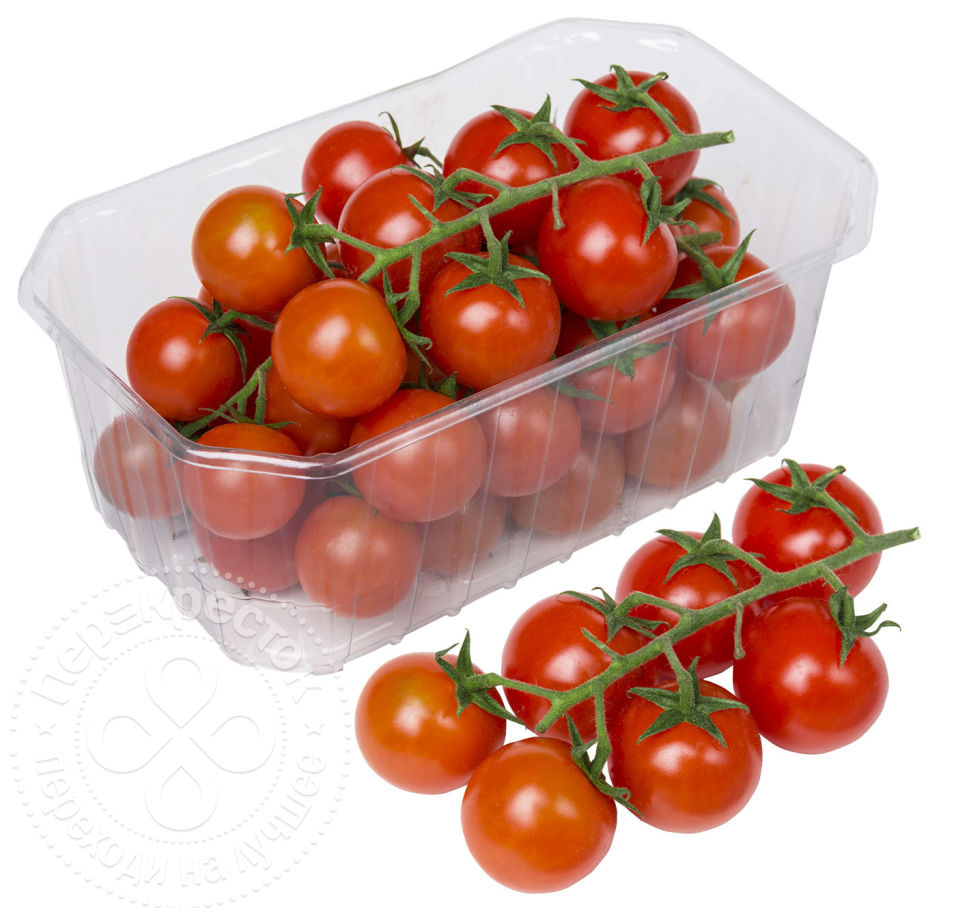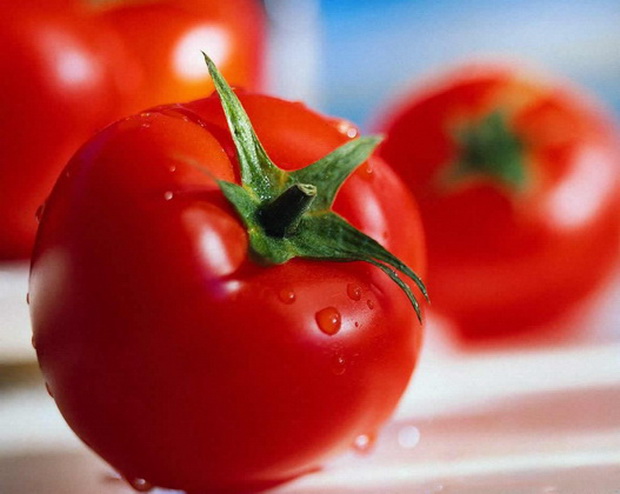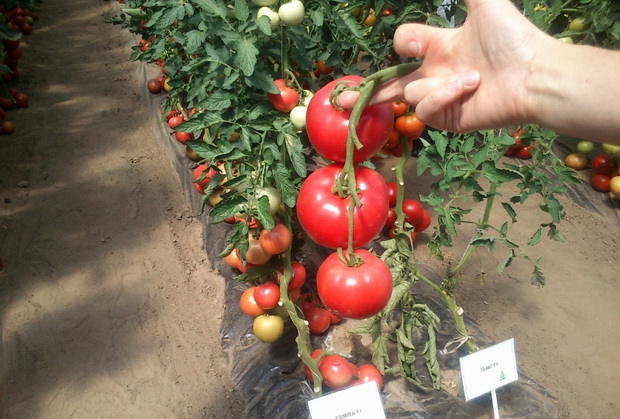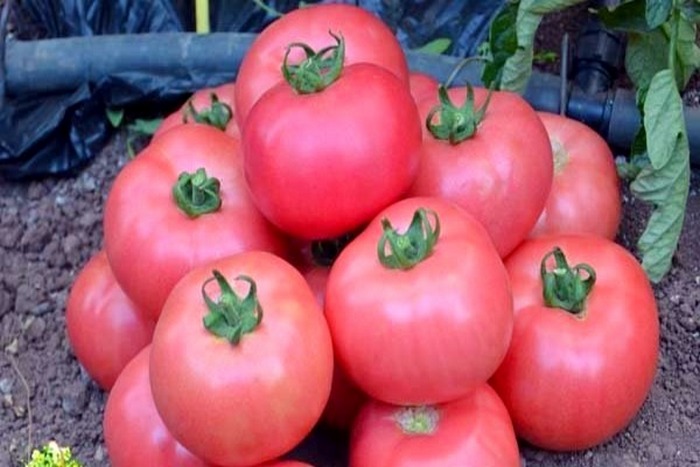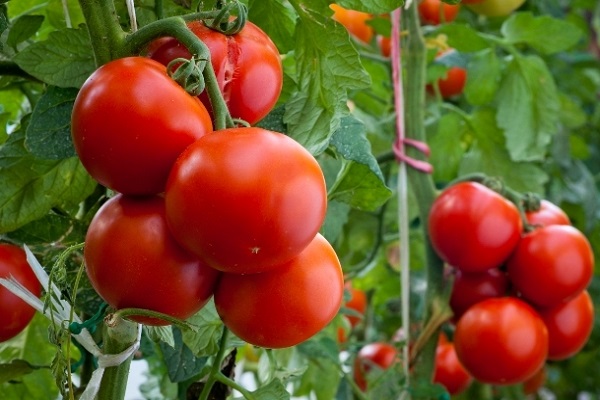Content:
The Astrakhan tomato was bred in the lower Volga climatic conditions, in Astrakhan. The cultivation of tomatoes in this region is considered its trademark. The soil here is distinguished by a special content of sodium and potassium. It is these components that affect the meatiness of tomato fruits and make them more sugar-free. A variety was bred for growing in open ground, but if you plant Astrakhansky tomatoes in a greenhouse, the yield will be no less. Breeders want to improve the variety so that Astrakhan tomatoes can be grown all year round.
These tomatoes are sold in large cities of the Russian Federation, such as Moscow, St. Petersburg, Ufa, etc. The fruits of the Astrakhan tomato are suitable not only for fresh consumption, but also for canning, salting, and making tomato juice.
About the Astrakhan tomato variety
Despite the fact that in the old days the tomato was considered a poisonous plant, for many years this information has not only been refuted, but the opposite effect has also been proven. The fruits of the Astrakhan tomato variety have a high content of lycopene. Lycopene is good for men's health. Its content increases when the vegetable is cooked. Choline, which is also found in fruits, reduces blood cholesterol, lowers sugar levels, eliminates the fat layer on the walls of internal organs, and increases hemoglobin.
Astrakhan tomatoes are quite difficult to find in the form of seedlings, so they are often either sown with seeds or grown on their own. For seedlings, seeds are sown in early spring - in the first decade of March. In open ground, seeds are sown in the second decade of April, covering them with a protective film, since sometimes at this time there may still be frosts on the soil, and tomatoes have a negative attitude to such sudden temperature changes.
Some consider the seedless method of growing tomatoes unprofitable, since the seed consumption is significantly higher than in the seedling method. But, it should be noted that always the way to plant tomatoes without seedlings is more productive and more resistant to various kinds of pests.
The seedless method does not require abundant watering, since its root system is much deeper than that of the bushes of planted seedlings. Bushes need support, as fertility is high, and the branches may simply not withstand the load. As a result, most of the fruits will lie on the ground, and this is fraught with their quick spoilage. Supports can be made in several ways. You can drive in posts near each bush, or you can build several trellises, between which you pull wires and tie bushes of the same row to this wire.
Characteristics of the variety
Tomato Astrakhan characteristic and description of the variety define it to the mid-season group. At a comfortable temperature (about 20 degrees Celsius) in the open field the average number of days of fruit ripening is 119. Standard bushes do not grow more than 75 cm in height. Sheet characteristic:
- Dark green color;
- Medium dissected form;
- Corrugated density.
The description of the fruit of the Astrakhan tomato boils down to the fact that its average size is approximately 100 grams. Basically, all fruits have the same round shape. The bright red fruits have a dense skin. One of the distinguishing features of the Astrakhanets tomato is that it does not crack.
The characteristics of the variety are increased productivity, resistance to diseases, high taste, unpretentious care. The yield of this variety is extremely high. The number of fruits on one bush is so large that any bush requires a mandatory garter. Inflorescences are formed above 5-6 leaves. The fruit does not have many seeds, and those that it does are not felt when eaten. This variety was also created for production purposes. It fully justifies itself. Its yield is such that about 12 kg of tomato can be harvested from one square meter of plantings.
When planting the Astrakhan tomato variety, one feature should be taken into account: do not plant other varieties in one area, in addition to this. So, when the bushes are pollinated, neither the taste of the product, nor the visual characteristics will mix. Basically, different tomatoes require different care. When planting several varieties at the same time in the same area, there is a risk of overdoing it with fertilizers intended for different tomatoes.
Features of growing crops
Seeds in open ground are sown under agrofibre or film in the second decade of April. At this time, the earth is saturated with moisture and warmed up enough by the sun's rays. Seeds are sown in a 7-10 cm hole. The holes are made at a distance of about 40 cm. This is the optimal distance for growing bushes of this tomato variety. No more than three seeds are dropped into one hole. Subsequently, they thin out, leaving one sprout, which looks stronger.
For growing seedlings at home, a special land for seedlings is bought, which contains fertilizers. You can mix this land with the soil from the area where the tomato bushes will grow. This is done for ground leveling. For seedlings, seeds should be sown in early March, and the seedlings themselves should be planted in open ground after 60 days from the date of planting.
Before planting seedlings in open ground, it is advisable to feed the land with mineral and organic nitrogen-containing fertilizers. Before planting seedlings, about a day before, tomato seeds should be soaked in a weak solution of potassium permanganate, which will act on them as an antiseptic. Seedlings should be watered no more than once every 3-4 days. After 14 days, the first shoots should already be clearly visible. The container with seedlings should be stored in a warm place, well-lit by sunlight. Somewhere in the second decade of May, the formed bushes are planted in open ground.
This type of tomato does not like either excess moisture or dry weather. You should look at the soil. Watering can be done when the soil is dry after the previous watering. If the plant receives an excess of moisture, then the fruits will be less fleshy and more watery. Watering is carried out only with warm water, therefore it is recommended to install drip irrigation on the entire area planted with Astrakhan tomatoes. Watering is best in the evening or early morning. This is done so that the leaves and fruits of the bush do not burn, and the root system is not loaded.
It will not be superfluous to add 3 tablespoons of ash to a ten-liter bucket once every few weeks and pour the tomatoes with this solution. It protects well against all kinds of pests and diseases. Even though this variety is extremely resistant to diseases, new bacteria always appear, due to which the quality and quantity of the crop decreases. This variety also requires weeding and feeding. It is best to feed it with ready-made mineral or organic fertilizers, which contain a mix of useful components.Feeding is carried out 3 times per tomato growing season. When buying fertilizers, you should pay attention to the presence of magnesium, potassium and sodium in them. Feeding with urea is also considered popular. During the period of active growth of the tomato, the bushes need feeding with a mullein. 1.5 kg of mullein is bred in 10 liters of water, left to ferment for a week. Then the resulting fertilizer is diluted with water and the bush is watered at the root. It is required to spud the plants once a week.
Advantages and disadvantages of the variety
Benefits of the Astrakhan tomato:
- Resistant to diseases and pests;
- High productivity;
- Unpretentious;
- A narrow and shallow root system, which greatly facilitates the cleaning of the site after harvest;
- Lack of compaction near the stalk;
- No green spot when cutting the fruit.
A lot of reviews and characteristics of this tomato variety have been received. It should be said that most of them are positive. Most gardeners and farmers respect this variety for its high yield and taste. It is unpretentious, which makes it more and more popular, care for it is carried out no more than for any other variety of tomato, and therefore, no significant shortcomings are distinguished from it.

